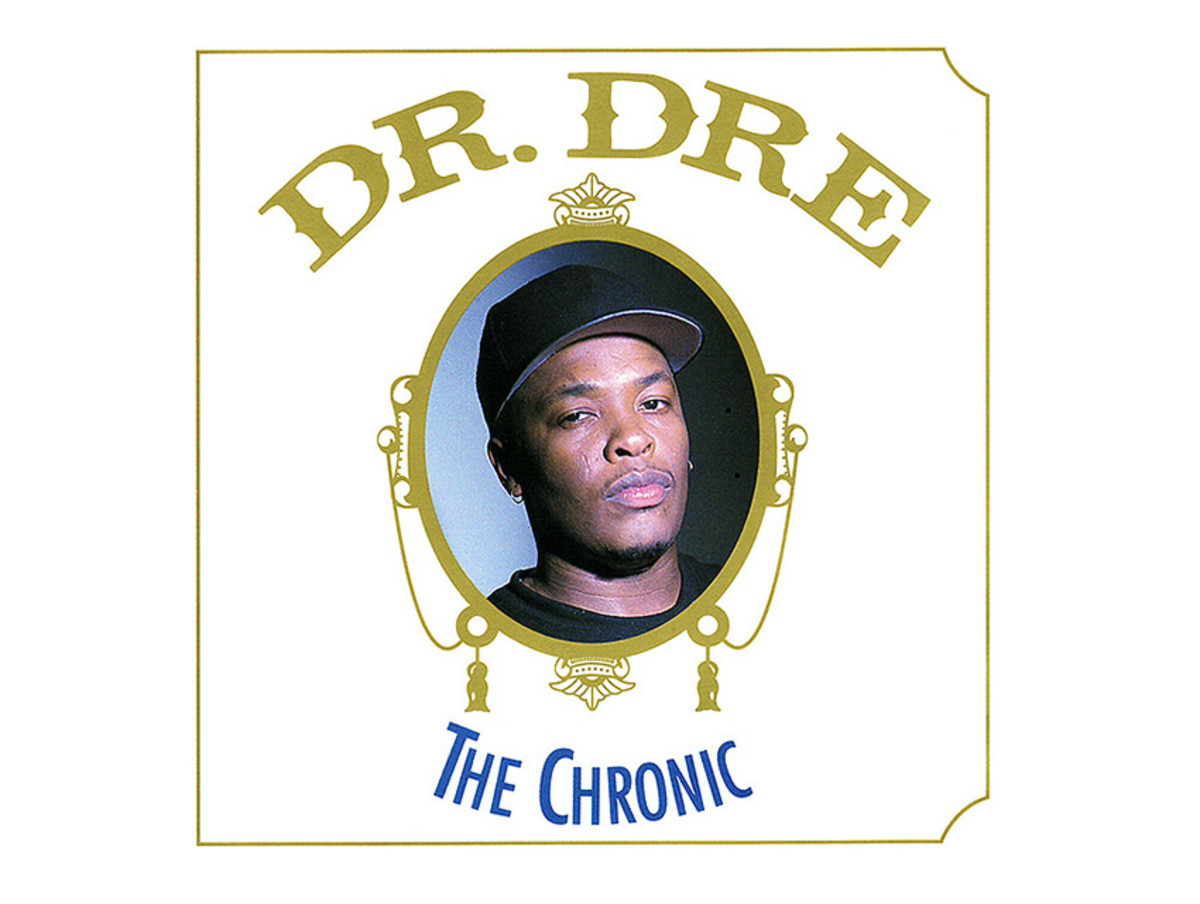Cops were often the villains in N.W.A songs (see: “Fuck the Police,” “Real Niggaz Don’t Die”), but their influence throughout The Chronic is more insidious. Dre’s Los Angeles was a direct product of the LAPD’s anti-black and commando agenda. They raided the Panthers’ L.A. headquarters in 1969 on a bad warrant, which in turn created a vacuum filled by gangs like the Bloods and Crips, they cultivated one of the most trigger-happy departments in the country by the early ’90s, and they tagged crimes between black victims and perpetrators as NHI, for “No Human Involved.”
Twenty-seven years later, when I hear “The Day the Niggaz Took Over,” I still see Los Angeles burning. It’s doomsday rap seeking a reckoning, the sound of a city swallowed whole by a sweeping black rage and defiance: As RBX puts it, “Hell no, the poor blacks refuse to go.” But I also see Ferguson, its streets covered in tear gas, its police occupation; a protester in an American flag T-shirt throwing a fuming canister back at tactical officers; paramilitary units convening under a Seasons Greetings banner. I see Baltimore during the Uprising. Protesters standing on ravaged cop cars; bikers in gas masks, fists raised before a wall of officers in riot gear; a convoy of black civilians rolling through the city, arms interlocked. I see fed-up communities crying out—for Freddie Gray, for Mike Brown, for Rodney King, for every act of racist violence unanswered for—taking to the streets, refusing to be ignored. It’s about victory over corrupt law enforcement, however briefly.
It’s no wonder that, under the constant antagonism of an aggressive and bigoted police state, the man with a master plan on The Chronic was a nigga with a muthafucking gun: “Cause it’s the city,” Dre explained, “and for you to survive a nigga gotta be a gangsta.” Dre wasn’t a gangsta, per se, but he had gangstas of many different varieties all around him, so his definition of what constituted being one was fluid. Sometimes he was a larger than life mob don, as on “Let Me Ride,” leaving headless bodies on Greenleaf. On the plaintive, Donny Hathaway-inspired “Lil Ghetto Boy,” he plays a street-weary veteran of only 27, a link in a chain of generational violence. His theory of gangsta is clearest and coolest on “Nuthin’ But A G Thang,” a perfect rap song if ever there was one. Together as a united front, Snoop and Dre are swaggering, unfadable. But more than anything, across The Chronic being gangsta is a state of mind; its core tenets: better to strike preemptively than to be caught slippin’ and never let anyone take what’s yours.
